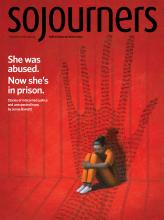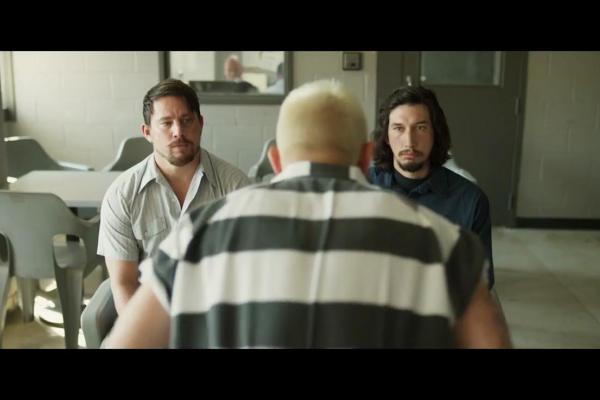LOGAN LUCKY, the new film from Steven Soderbergh, is a delicious surprise. It’s about working-class Southerners robbing the Charlotte Motor Speedway during a NASCAR race, and its weaving of the intricacies of planning, executing, and living in the post-heist glow is hilarious and even warm.
More than that, it’s a heist film in which ordinary people (not slick, hypermasculine Armani warriors) employ imagination instead of heavy artillery to take money from an institution that doesn’t need it anyway. The fact that the target of the theft got the money through selling overpriced, undernourishing food and drink is only one piece of bonus philosophical content. It’s a rare thing: a thoroughly entertaining movie with real things to say about the moment it is released. At a time when left-right political division in the U.S. has intensified, Soderbergh, a Southerner who works from New York, has made a red-blue reconciliation comedy.
Read the Full Article

